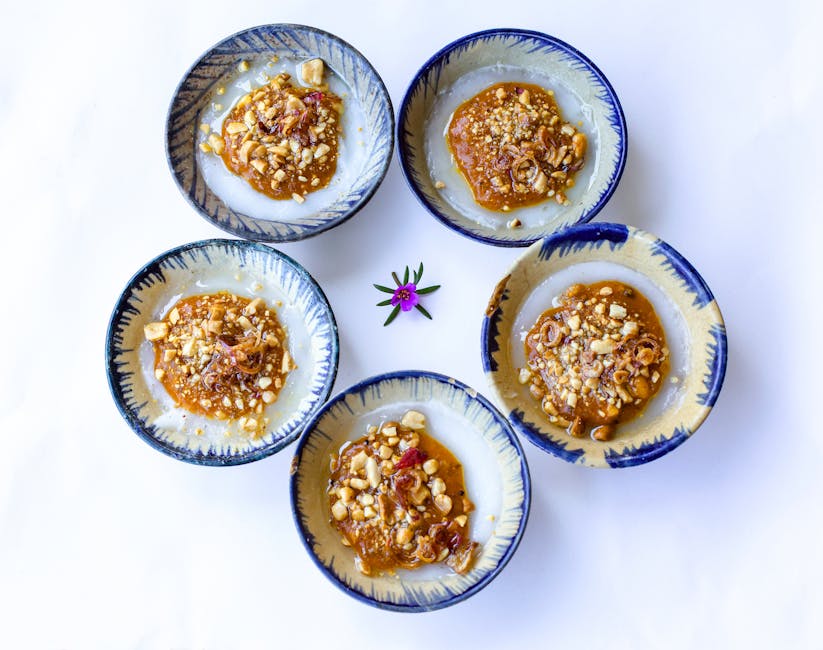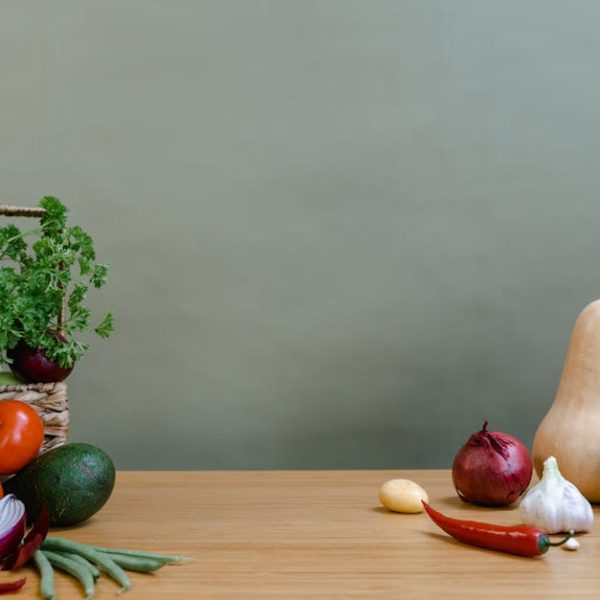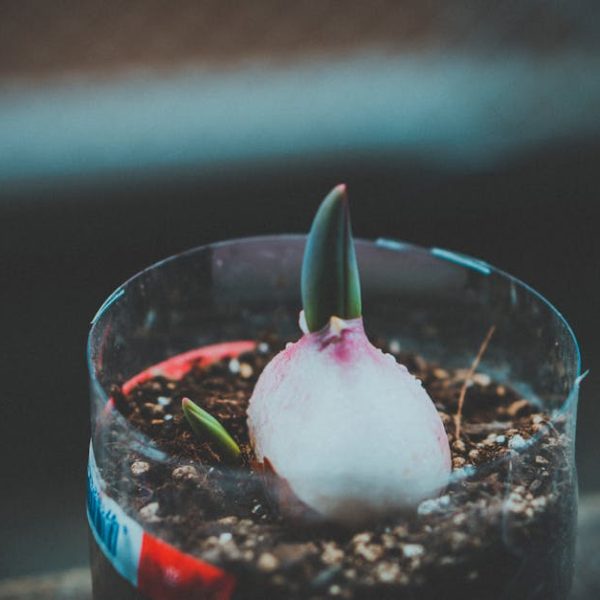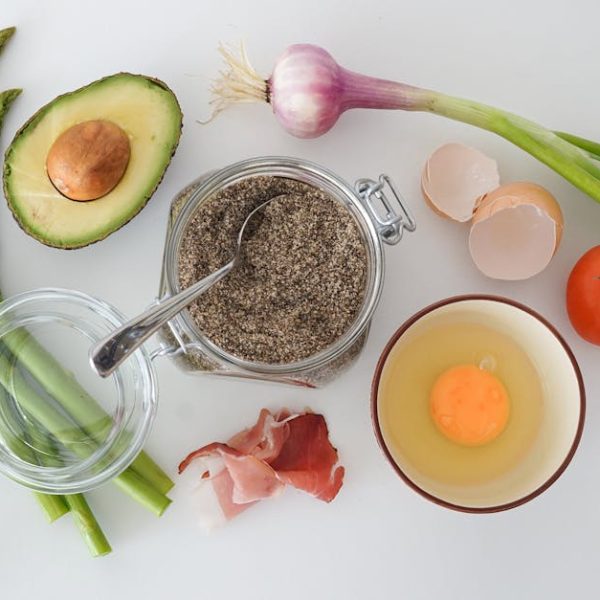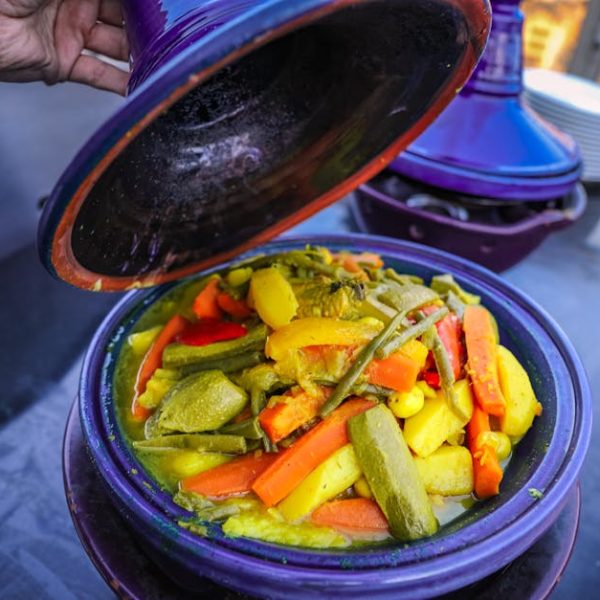If you’ve ever wondered about the differences between shallots and onions, you’re not alone. Despite the similarities in taste and appearance, shallots and onions have unique characteristics that make them distinct. From the kitchen to the garden, understanding these differences can help you leverage the best of both in your culinary exploits and even your health. Today, we’re diving deep into what sets these two kitchen staples apart.
Understanding the Origins and Physical Characteristics
Onions, scientifically known as Allium cepa, is believed to have originated in Central Asia, and have since been cultivated worldwide for at least 5000 years. Shallots, on the other hand, are also a species of the Allium cepa, but come from a different sub-species called Aggregatum. They are thought to originate from Southwest Asia.
Physically, onions are larger with more robust bulbs that have multiple layers. These layers are usually light golden or white. Shallots, however, are smaller with elongated bulbs that separate into cloves much like garlic. Its skin ranges from pale brown to a purplish hue.
- Onions: Large, robust, single bulbs, usually light golden or white.
- Shallots: Smaller, elongated bulbs, separate into cloves, color ranges from pale brown to purplish.
Pro Tip: Identifying physical characteristics of various shallot and onion types can help distinguish them in the kitchen and store.
Exploring the Taste and Culinary Uses
Taste-wise, there are marked differences too. While onions offer a potent, spicy, and sometimes sweet flavor, shallots conjure a more subtle, delicate, and slightly sweet flavor, often described as a blend of garlic and onion.
Onions are truly versatile in the kitchen, forming the base of many dishes, both cooked and raw, globally. Shallots shine in dishes that call for a gentle allium flavor, like light sauces, vinaigrettes or garnishes.
- Dishes that commonly use shallots: French onion soup, vinaigrettes, garnishes, and delicate sauces.
- Dishes that frequently use onions: Stews, roasts, soups, salads, and stir-fry.
Best Practice: Both shallots and onions contribute uniquely to cooking, but understanding their flavor profiles can help you use them more effectively to enhance dishes.
Unveiling the Nutritional Profiles
Both shallots and onions bring a host of health benefits due to their rich nutritional profiles. While onions are a good source of Vitamin C and dietary fibers, shallots provide a higher concentration of iron, copper, potassium, and Vitamin A.
- Key vitamins in shallots: High in Vitamin A, C, and B-6
- Key minerals in onions: High in Vitamin C and dietary fibers
As we delve deep into the world of shallots and onions, you’ll notice that their subtleties span across taste, nutrition, growth habits, storage, and more. Understanding these can elevate your culinary skills, inform your health decisions, and may even lead you to appreciate the beauty of diverse natural produce.
Insight into Growing Shallots and Onions
Growing onions and shallots can be a rewarding experience, particularly when you’re reaping the benefits right in your kitchen! Onions are relatively easy to grow, liking a sunny spot with fertile, well-drained soil. Shallots, on the other hand, also thrive in full sun, but prefer slightly more fertile soil with good drainage.
The key to cultivating healthy bulbs for both is well-planned watering and weeding.
- Best Practice for shallots: Well-spaced planting (6-8 inches apart) is essential for well-sized bulbs. Also, shallots should be lightly covered with soil as they like sitting on the ground’s surface.
- Pro Tip for onions: Onions are heavy feeders. Apply a nitrogen-based fertilizer every few weeks for healthier bulbs.
Detailing the Storage and Preservation
One of the biggest differences between onions and shallots is their storage life. While onions, if stored correctly, can last for several months, shallots have a shorter storage life.
For the best results:
- Keep your onions and shallots in a cool, well-ventilated area.
- Never store onions and shallots in a plastic bag, as it accelerates spoilage.
- Remember to check your stored onions and shallots regularly and remove any that start to spoil.
Pro Tip: Use or freeze your shallots before they start to go bad. Onions, on the other hand, last longer and can be stored for longer periods.
In conclusion, while they may seem similar on the surface, there are notable differences between shallots and onions. Their variety in taste, their nutritional profile, their differing cultivation needs, and storage requirements all contribute to their unique characters in the kitchen and garden.
Checklist for Storing Shallots and Onions Properly
- Store in a cool, well-ventilated area.
- Avoid plastic bags.
- Regularly check and remove spoiling bulbs.
- Use or freeze shallots before they spoil.
- Remember onions have a longer shelf-life than shallots.
Now that you understand these differences, you can confidently distinguish between shallots and onions in both use and care. Happy cooking and gardening!
Key Takeaway:
- Shallots and onions, belongs to the same species, Allium cepa but vary in their sub-species; shallots come from a different sub-species called ‘Aggregatum’.
- In terms of physical appearance, onions are larger and have a light golden or white hue while shallots are smaller and feature a pattern similar to garlic cloves.
- Shallots and onions differ in taste too – onions have a potent, spicy flavor, shallots offer a subtle blend of garlic and onion.
- Nutritionally, onions and shallots are both healthy choices but while onions are a good source of Vitamin C and dietary fibers, shallots provide a higher concentration of iron, copper, potassium, and Vitamin A.
- Both have different favorable growing conditions and require unique tips for their cultivation.
- Shallots have a shorter shelf-life than onions and thereby require different storage protocols.
While deciphering between shallots and onions may seem complex, awareness about their unique characteristics can be beneficial for culinary explorations and health consciousness. Understanding these differences can enrich your gardening experience and bring out the best in your kitchen ventures.
FAQs
Q: Can I use shallots as a substitute for onions in cooking?
A: Yes, you could use shallots as a substitute for onions. However, bear in mind that shallots have a more subtle flavor compared to onions. You may need to adjust quantities or other seasonings to maintain the balance of flavors in your dish.
Q: Are there any specific health benefits to consuming shallots over onions?
A: Both shallots and onions have a rich nutritional profile, but shallots have higher levels of vitamins A, C, and B-6. Including both in your diet can offer a range of health benefits.
Q: Is it harder to grow shallots than onions?
A: Both shallots and onions can be grown successfully with the right care. However, shallots are slightly selective, preferring fertile soil with good drainage, and need to be planted a bit farther apart than onions.
Q: How can I increase the shelf-life of shallots?
A: To increase the shelf-life of shallots, keep them in a cool, well-ventilated area. Avoid storing them in plastic bags and remember to check regularly, removing any that start to spoil. If you notice they are starting to go bad, use or freeze them right away.
Q: Can I use the same types of soil for growing shallots and onions?
A: Yes, both shallots and onions thrive in fertile, well-drained soil. However, shallots prefer more fertile soil compared to onions. Make sure both have access to full sun for healthy growth.
Don’t hesitate to share this article with your friends who love to cook or garden! Also, feel free to explore more interesting posts on our website.
